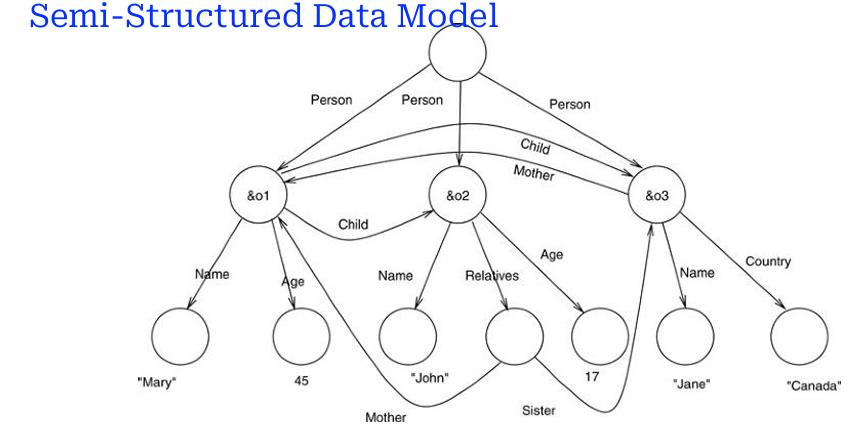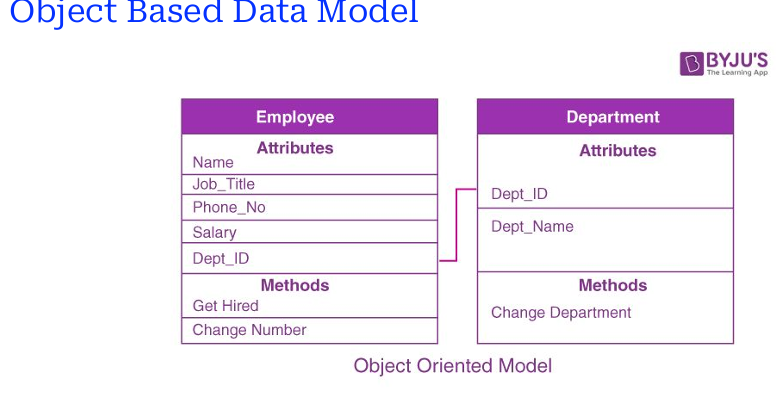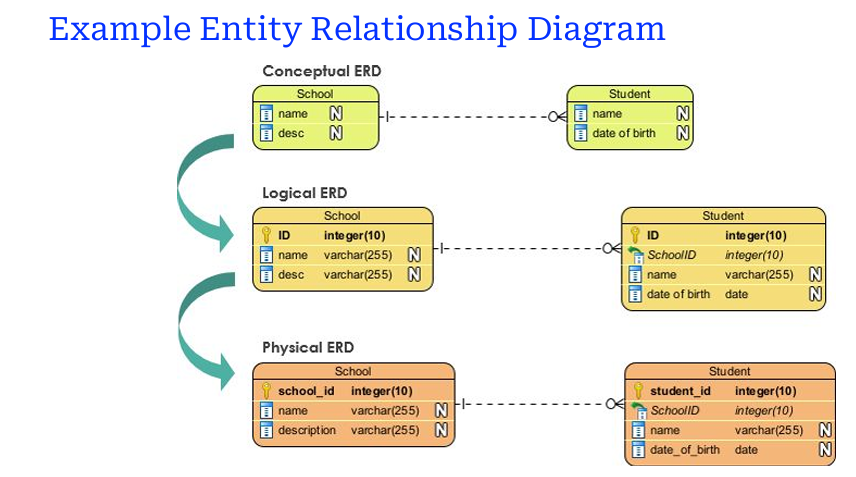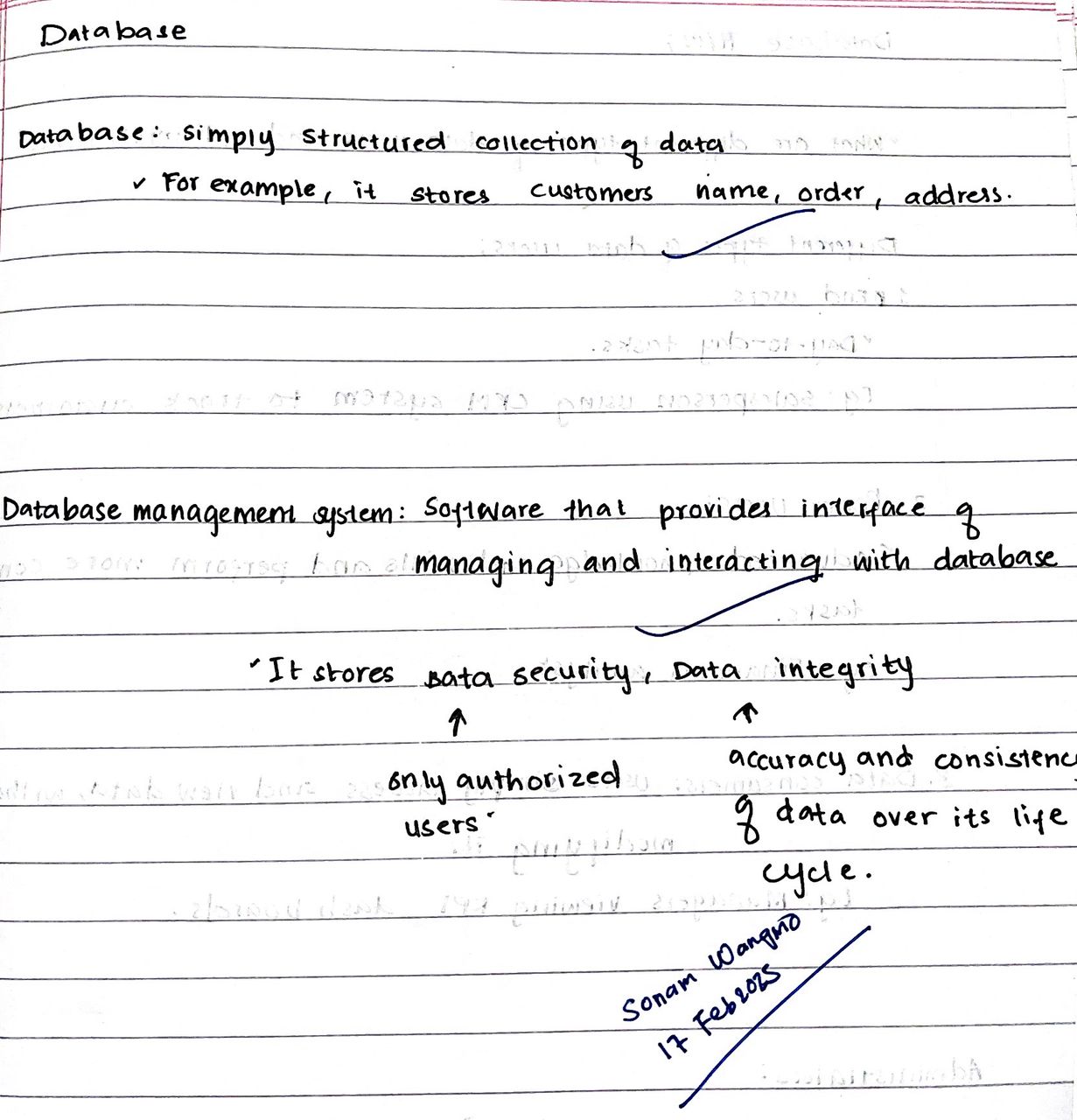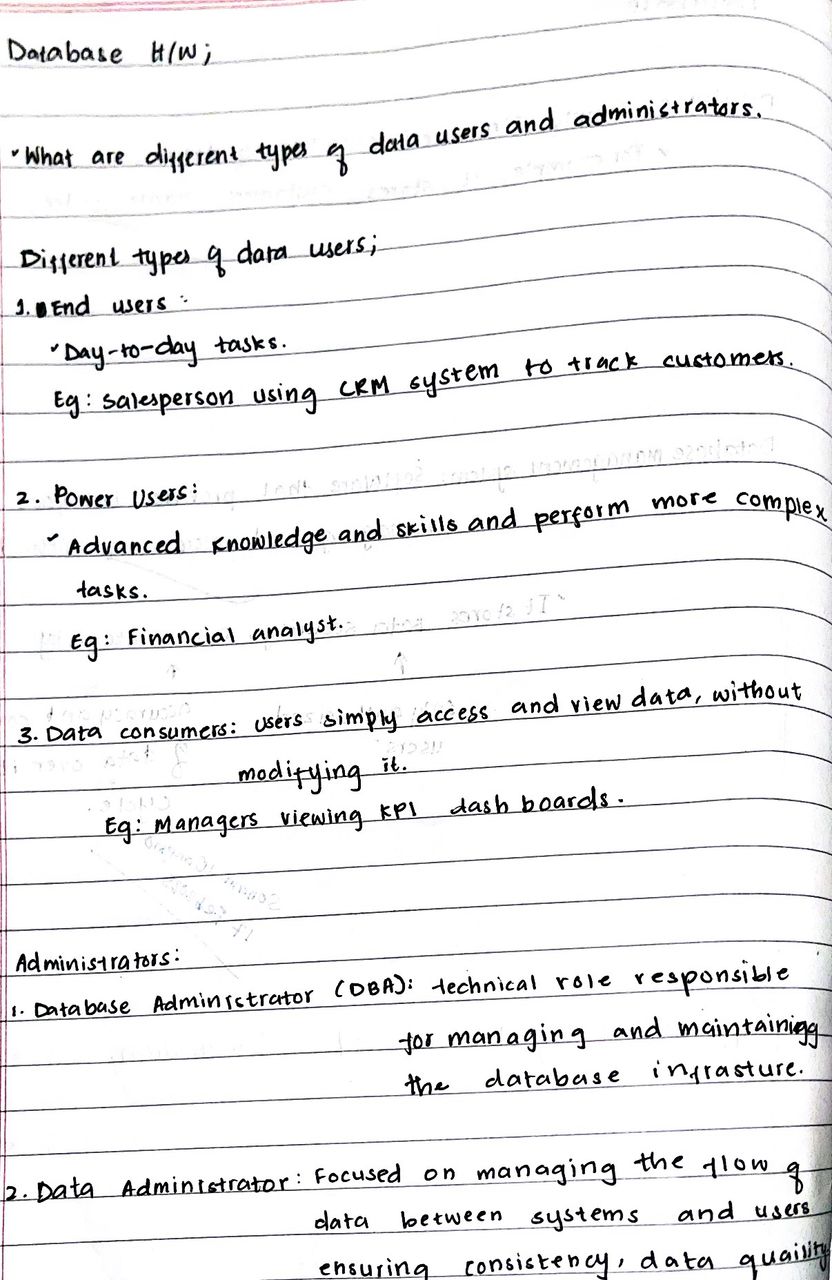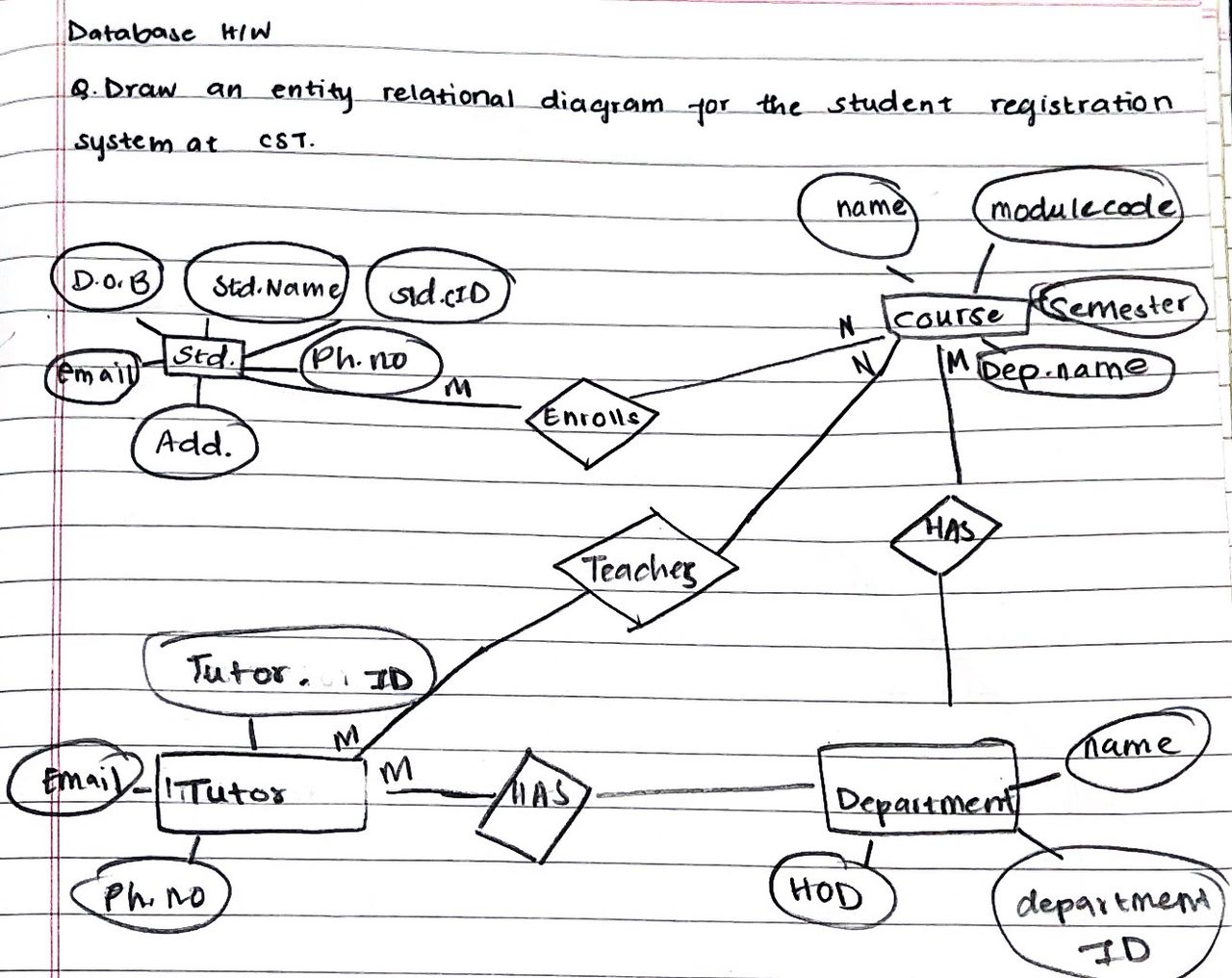DBS101 Unit 1
Unit 1: Database Systems Fundamentals
When I first started learning about databases, I had a limited understanding. I thought of them as just big storage boxes for data—like a digital filing cabinet. But after diving into the first unit of my Database Systems Fundamentals course, my thinking has completely changed. It’s been an wonderful experience!
Previous Understanding of Databases
Honestly, I didn’t think much about how databases worked. I knew they were important for organizing information, but I had no clue about complexity involved. I imagined databases as static places where data just sat until someone needed it. Little did I know, there’s so much more to it!
Key Learnings from Unit 1
Definition and Purpose of Database Systems
I learned that a database is more than just a collection of data; it’s an organized system that allows for efficient storage and retrieval of information. The combination of a database and a Database Management System (DBMS) creates a powerful tool for managing data effectively.
Importance of Database Systems
The course highlighted the downsides of traditional file-processing systems—like data redundancy and inconsistency. I realized that database systems solve these problems by ensuring data consistency and providing better security. It’s like having a well-organized library instead of a chaotic pile of books.
Types of Database Models
I was introduced to different data models, such as the Entity-Relationship Model and the Relational Model. This was interesting, understanding how data can be structured in various ways has made me see things differently to the flexibility and power of databases.
Evolution of Database Systems
Learning about the history of databases, especially the contributions of Edgar F. Codd, was inspiring. I never knew that the relational model was such a game-changer. It’s incredible to think about how far we’ve come in managing data.
Database Languages
The introduction to SQL was a highlight for me. I learned about Data Definition Language (DDL) and Data Manipulation Language (DML), which are essential for creating and managing databases. It felt like learning a new language, and I’m excited to use it!
Database Users and Administrations
Learning about database users and administration was interesting. There are different types of users, like naive users who use pre-written applications, and sophisticated users who write complex queries. DBAs manage the entire system, define schemas, maintain data integrity, and ensure smooth operation. It’s fascinating how every role works together to keep the database efficient and secure.
Database Architecture
Learning about database architecture was enlightening. It’s about efficiently structuring data with different layers:
- the physical layer (data storage)
- the logical layer (data management)
- the external layer (user interaction)
Comparison of Previous and Current Understanding
Looking back, my understanding of databases was quite small. I thought they were just storage solutions, but now I see them as dynamic systems that require careful design and management. I’ve gained a deeper appreciation for the complexity involved in ensuring data integrity and accessibility.
Database Design
Learning about database design was absorbing. It’s about planning how data is stored for easy access and management. It involves creating tables, defining relationships, and ensuring data integrity. A well-designed database makes everything run smoothly and efficiently.
Conclusion
Completing the first unit of this course has truly transformed my view of databases. I’m no longer just seeing them as digital filing cabinets; I now understand their critical role in our data-driven world. I’m eager to continue this journey and explore more about database systems in the upcoming units.
Homework
Reflection
This experience has not only expanded my knowledge but also light a passion for database management. I can’t wait to apply what I’ve learned in real-world scenarios and dive deeper into this fascinating field. Here’s to more learning and discovery ahead!



